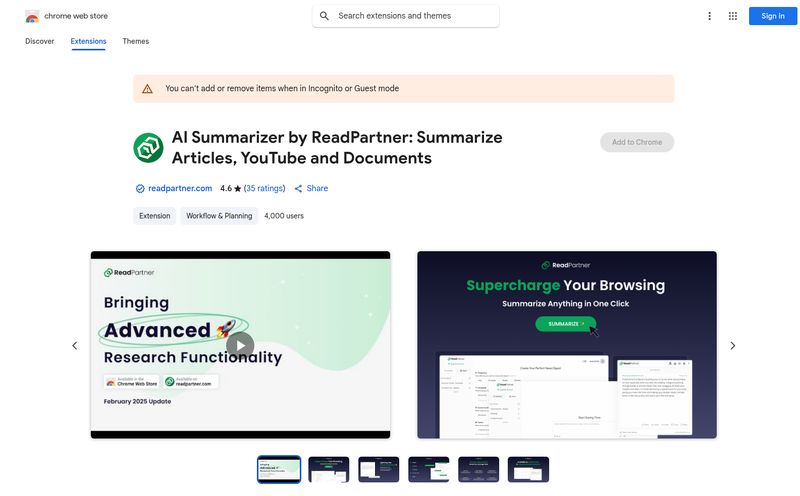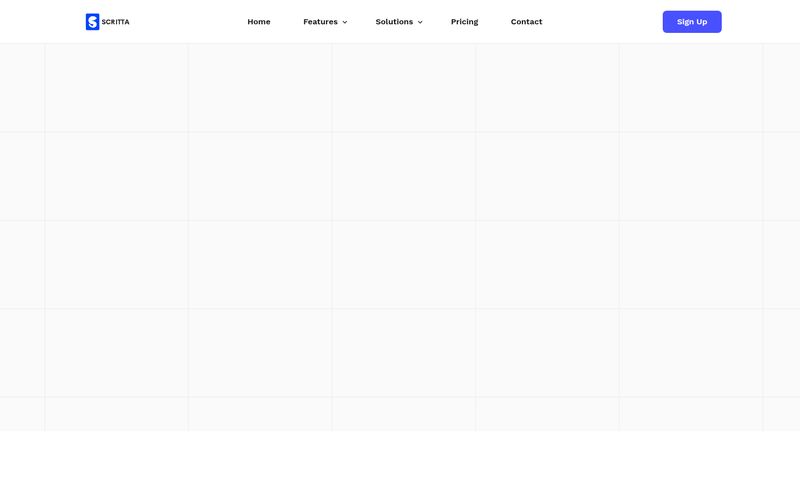If you live and breathe in the terminal like I do, you know the feeling. That constant dance between remembering arcane commands, wrestling with flags you use once a year, and the inevitable trip to Stack Overflow because you forgot the exact syntax for a `tar` command. Again. For a while there, a tool named Fig felt like the answer to our collective prayers. It was brilliant. And now, it's gone.
Yep, you heard that right. Fig, the next-generation command line tool that brought slick, IDE-style autocomplete to our terminals, has been officially sunset. I know, I know. It’s a bummer. But this isn't just a story about a dead app; it's a classic tale of the startup lifecycle, acquisition, and what comes next. So grab a coffee, and let's talk about what Fig was, where it went, and what it’s become.
A Quick Look Back at What Made Fig Special
For the uninitiated, Fig wasn’t just another terminal theme or a simple alias manager. It was a complete rethink of the command line interface. Imagine typing `git` and instead of a wall of text, a clean, modern pop-up appeared, showing you subcommands, options, and even your recent branches. It was like your terminal suddenly went to a fancy private school and came back with impeccable manners.
It integrated with practically everything: iTerm, the default macOS Terminal, Hyper, and even the integrated terminal in VS Code. It worked with shells like zsh, bash, and fish. This wasn't some walled garden; it was designed to slip right into your existing workflow. The core magic was its system of 'completion specs,' which were open-source definitions for how to autocomplete for thousands of CLI tools. It took the guesswork out of everything from `npm` and `docker` to `aws` and `kubectl`.

Visit Fig
Honestly, it felt like a superpower. It was the friendly ghost in your machine, appearing at just the right moment to suggest the command you'd forgotten for the thousandth time. Before every company was stuffing AI into their products, Fig was already providing that 'intelligent assistant' feel, and it did it with style.
The Power of a Passionate Community
A tool is only as good as the people who use it, and Fig's community was its strongest feature. The team, led by Brendan and Matt, fostered an incredible open-source environment. The numbers they shared in their farewell message speak for themsleves: hundreds of thousands of users, 22,000 GitHub stars, and a thriving Discord with 13,000 members. That's not just a user base; that's a movement.
"With hundreds of thousands of users, 22k GitHub stars, 13k Discord members, 400+ open source contributors, and 5 products, we are incredibly proud of what we accomplished."
Over 400 contributors built out the completion specs that made the tool so powerful. This collaborative spirit, plus the backing of startup accelerator Y Combinator, gave Fig an aura of legitimacy and momentum. It felt like it was the future of the command line.
The Big Twist: Amazon Comes Knocking
And then, the big news dropped. Fig was acquired by Amazon. The entire team and their technology were set to be integrated into AWS. On one hand, it’s a massive success story. A small team builds something so good that one of the biggest tech companies in the world wants it. That's the dream, right? On the other hand, for users, it meant the end of an era.
The Fig we knew and loved was being rolled into a new product: Amazon Q, a generative AI-powered assistant for businesses and developers. Specifically, Fig’s DNA is now part of Amazon Q for command line. So, it's not a complete death, more of a... corporate reincarnation.
Your Next Steps as a Fig User
Okay, so the eulogy is over. What does this mean for you, the developer with Fig still running on your machine? You've got a couple of options.
Time to Migrate to Amazon Q
The official path forward is to migrate to Amazon Q for command line. It’s positioned as the spiritual successor to Fig, likely with much deeper integration into the AWS ecosystem. If you're a heavy AWS user, this could actually be a major upgrade. The Fig team is now the Amazon Q team, so you can expect the same attention to user experience, just with a different logo and a much bigger budget. You can download it directly and see how the new version feels.
How to Say Goodbye and Uninstall Fig
Maybe you're not an AWS person, or you just want a clean slate. Uninstalling Fig is a straightforward process. The team has provided support documentation to guide you through removing it from your system completely. No shame in this—sometimes it's best to rip the band-aid off and go back to basics or find a new alternative.
The Legacy of the Completion Specs
What about all that community work? Thankfully, it’s not lost. The documentation for the original Fig CLI completion specs is still available. This is a huge relief. It means that wealth of knowledge is preserved and can potentially be used by other tools or forked by the community down the line.
A Personal Take on the Whole Thing
I have to admit, my first reaction was disappointment. Fig solved a real, nagging problem for me. But the more I think about it, the more I see it as a win. The founders got their exit, and their tech gets to live on at a massive scale.
It's also a little amusing. If you try to visit Fig's old pricing page now, you're met with a 404 error and a cheeky message: "Well this is embarrassing ¯\_(ツ)_/¯". This little touch of humor, even on a dead page, perfectly captures the personality that made us like the tool in the first place. It never took itself too seriously. For a tool so focused on productivity, it always had a very human feel.
This whole episode is a great reminder of the ephemeral nature of the tools we use. We get attached, we build workflows, and then the industry shifts. But the good ideas, like making the command line more intuitive and accessible, never really die. They just get... acquired.
Frequently Asked Questions About Fig
- Is Fig still available for download?
- No, Fig as a standalone product has been discontinued. The official website now directs users to its successor, Amazon Q for command line.
- What is the best alternative to Fig now?
- The direct successor and recommended alternative is Amazon Q for command line. It's built by the same team and incorporates Fig's core technology.
- Was Fig a free tool?
- Fig had a generous free tier for individuals and public teams. They were planning paid tiers for larger organizations, but the service was acquired by Amazon before those plans fully materialized, which is why their pricing page now shows an error.
- Why did Amazon acquire Fig?
- Amazon likely acquired Fig to fast-track the development of its own developer assistant, Amazon Q. They gained a talented team, a proven user interface, and a massive library of command line integrations, saving them years of development work.
- How do I uninstall Fig from my computer?
- The team has provided official guidance on how to uninstall Fig. You should refer to their support documentation for the specific commands for your operating system (macOS, Linux, etc.).
- Can I still see the old Fig completion specs?
- Yes, absolutely. The documentation for the open-source completion specs is still live. This was a core part of their community effort, and it's been preserved for reference.
Final Thoughts
So, we bid a fond farewell to Fig. It was a fantastic tool that genuinely improved the daily lives of many developers. It pushed the envelope and showed us that even a decades-old interface like the command line could still be innovated upon. While it's sad to see it go, its spirit lives on in Amazon Q. And who knows what inspiration it has given to the next generation of developers building the next great tool. Thanks for the memories, Fig.
Reference and Sources
- Amazon Q for command line (Official Successor)
- Fig CLI Completion Spec Documentation (Archived Docs)
- Fig Uninstall Support (Official Guide)



